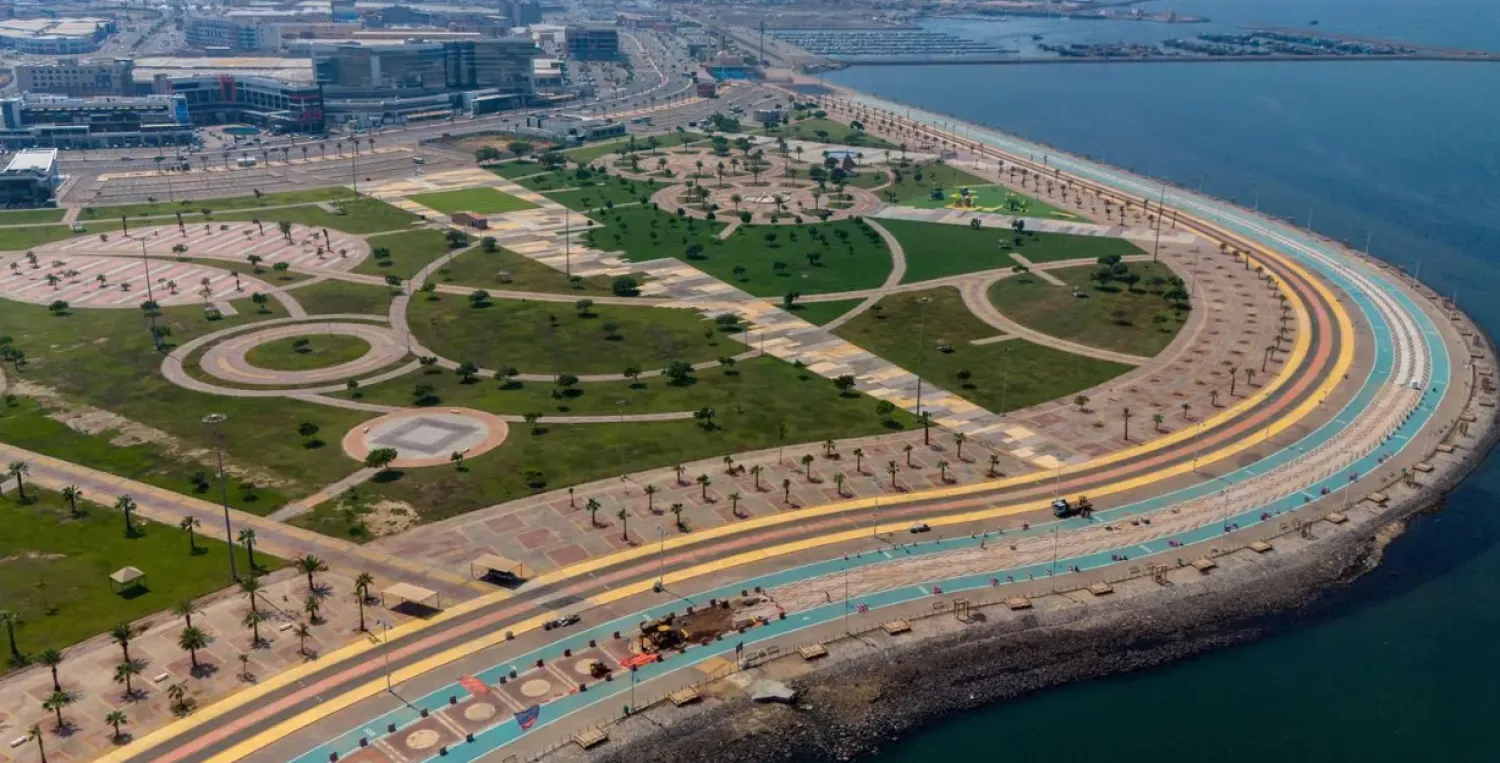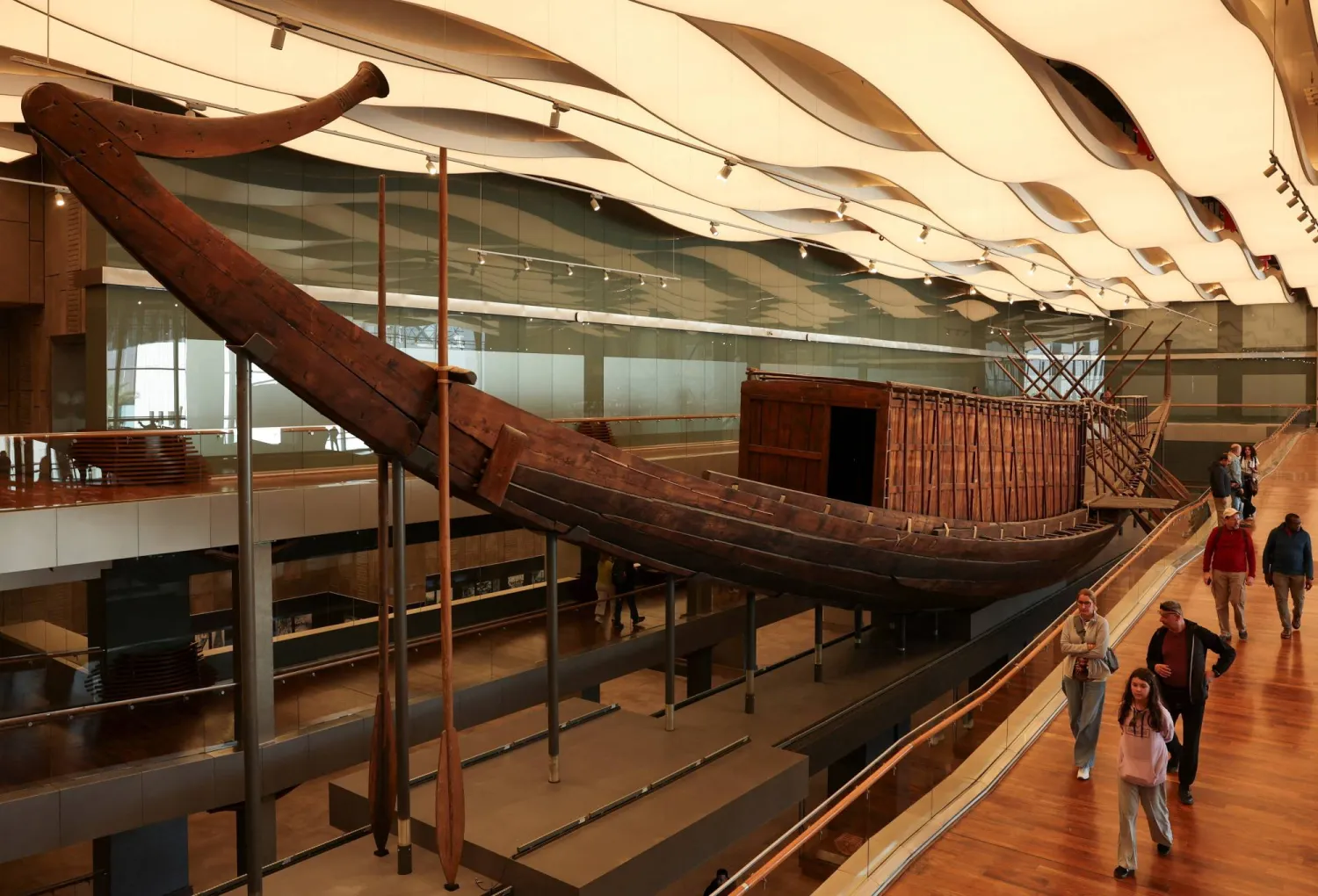A new discovery of 33 ancient tombs in Egypt's southern city of Aswan could reveal "new information on diseases" prevalent at the time, the tourism and antiquities ministry said Monday.
The tombs date back to the Ancient Egyptian Late Period and the Greco-Roman Periods, which collectively lasted from the seventh century BC until around the fourth century AD.
The burials were found by a joint Egyptian-Italian archaeological mission.
Ayman Ashmawy, who heads the Supreme Council of Antiquities' Egyptian Antiquities Division, said studies of the mummies "indicate that 30 to 40 percent of those buried died in their youth, as newborns or as adolescents".
Patrizia Piacentini, professor of Egyptology and archaeology at the University of Milan, headed the Italian side of the mission.
She said preliminary studies on the remains showed that "some suffered from infectious diseases, while others had bone disorders".
The remains of several adult women showed signs of pelvic bone trauma.
Other mummies indicated "anemia, malnutrition, chest diseases, tuberculosis and signs of osteoporosis", Piacentini said in a ministry statement.
Since 2018, the mission has been excavating the area around the Aga Khan mausoleum where Sir Sultan Mahomed Shah is buried, on the west bank of the Nile River just across from Aswan city center.
Among the remains found were "an adult, perhaps a woman, and a child who may have died at the age of one or two", said Abdelmoneim Said, General Director of Aswan and Nubia Antiquities.
"The two bodies were still attached to each other inside a stone coffin," he added.









